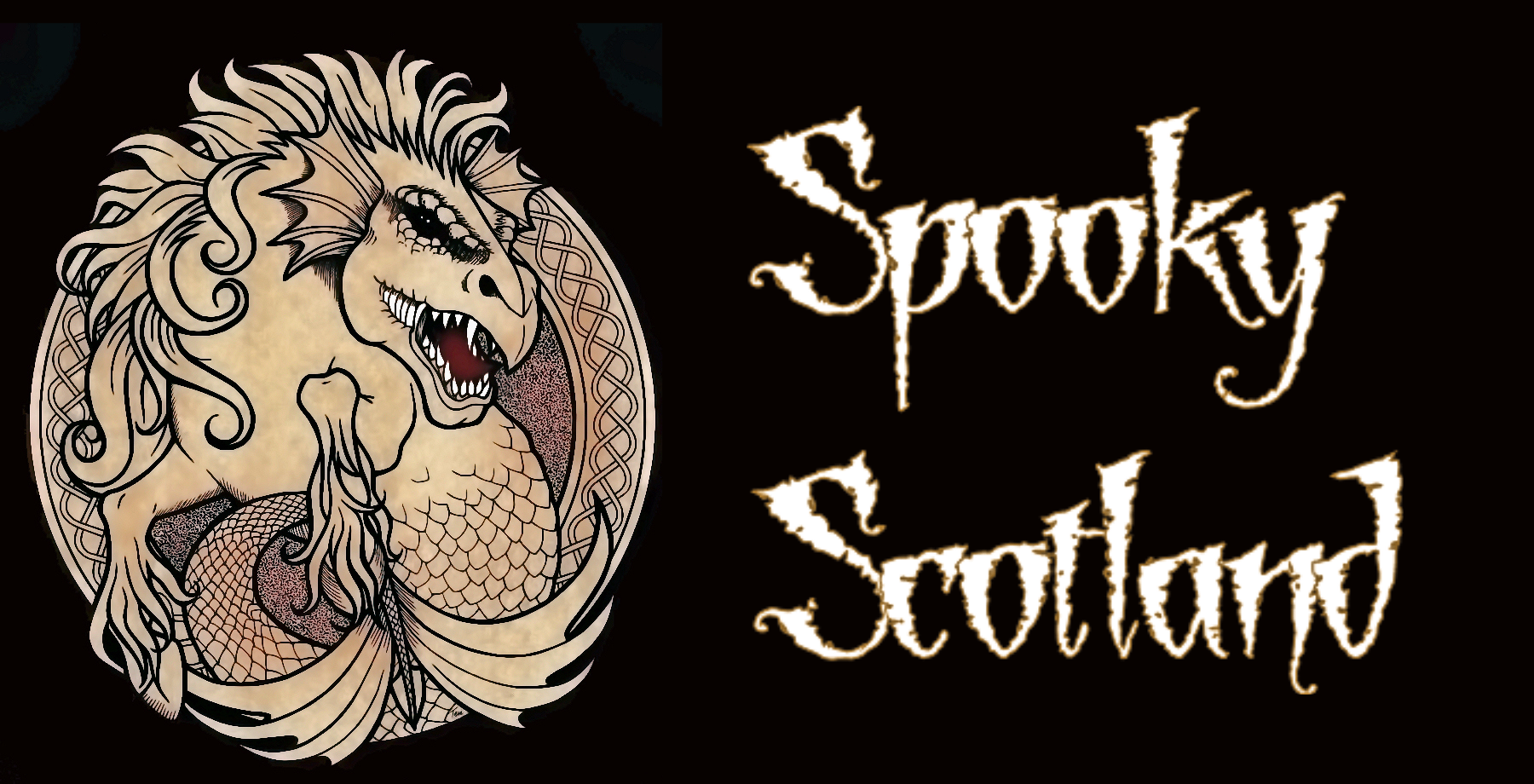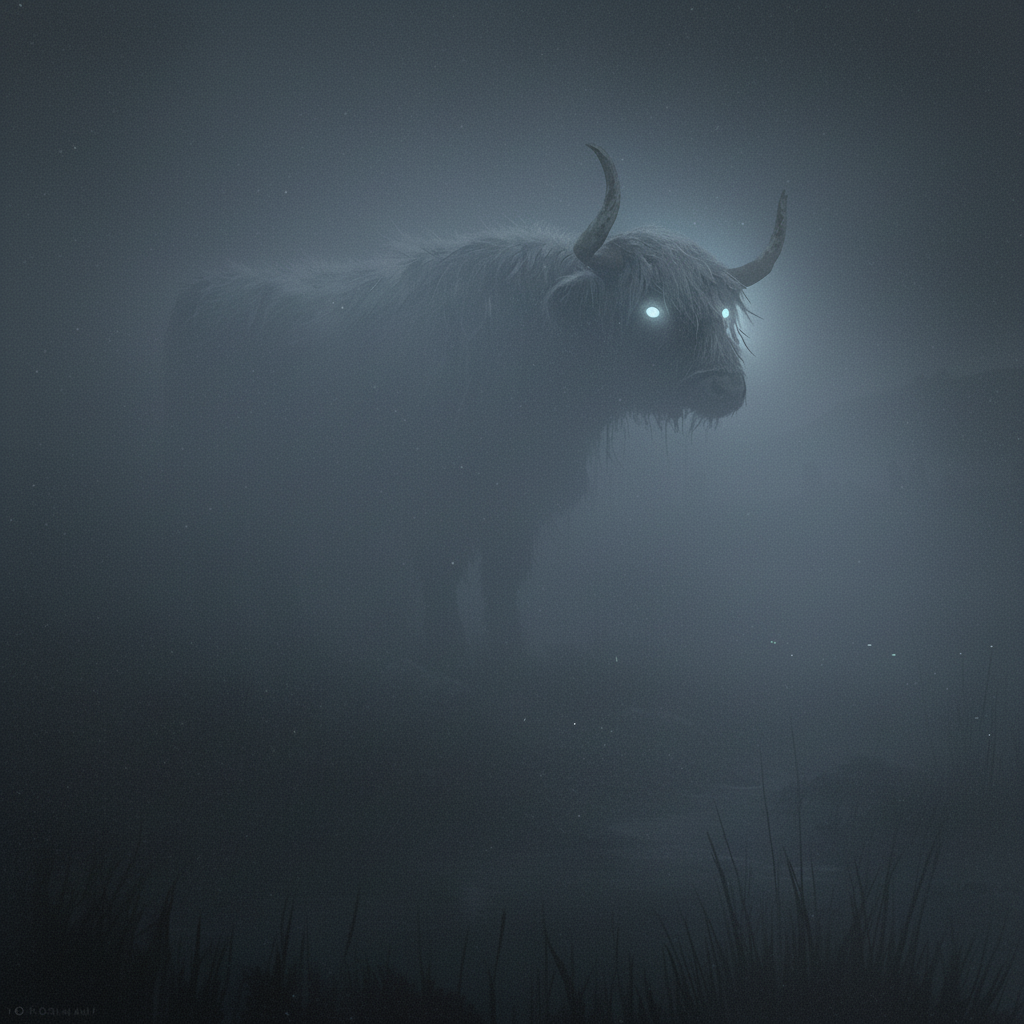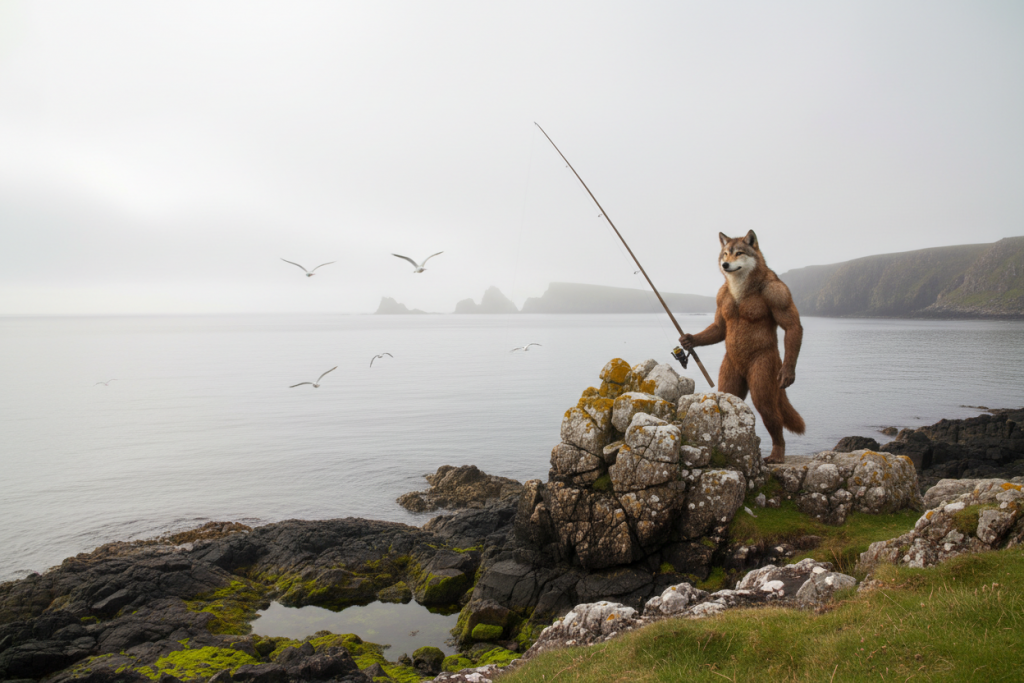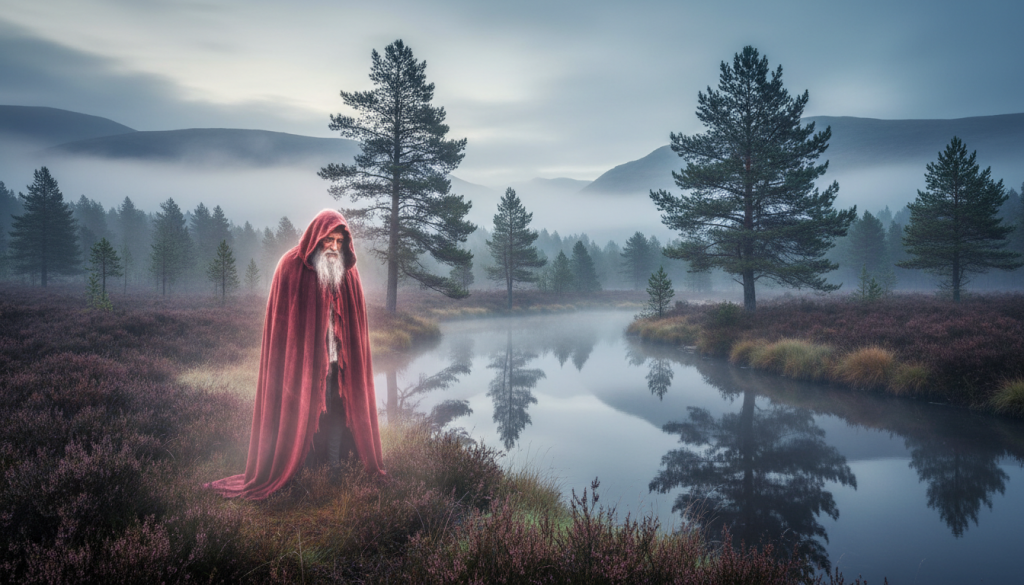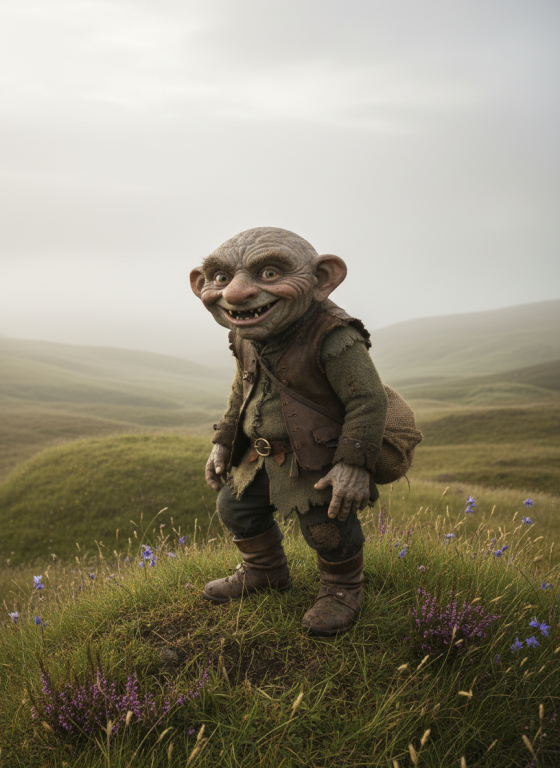Name pronunciation:
[wirry-cow] (Scots: [ˈwɪrɪkʌu̯])
General Information:
The wirry-cow is not a single fixed creature but a catch-all omen of fear and bad luck in Scottish folklore. The word itself combines the idea of “to worry” or “to harass” with “cowe” – a hobgoblin or object of terror. To encounter a wirry-cow is to face the embodiment of dread. Sometimes described as a ghost, goblin or devil, other times as nothing more than a scarecrow that seems a little too lifelike, the wirry-cow is above all else a symbol of fear.
Appearance:
Descriptions differ wildly. Some say it looks like a misshapen cow with a long neck and short legs, others a bedraggled figure covered in muck and stones. In some tales it’s a scarecrow come to life, lean and ragged, with small sharp eyes. The only detail that holds true across stories is that the wirry-cow always inspires terror, whether it leers from the shadows of a field or lumbers along a lonely road.
Habitat:
The wirry-cow belongs to rural Scotland. It haunts farmland, pastures, lonely paths and places where scarecrows stand guard. It is most often linked with damp, stony ground, boggy fields and windswept moorland.
Behaviour:
The wirry-cow does not usually cause physical harm. Instead, it terrifies humans into losing their way, abandoning their tasks, or fleeing in panic. It delights in unsettling travellers, frightening milkmaids, or leading the curious from the path into danger. Mischief, fear and confusion are its main weapons.
Shape-shifting Ability:
Shape-shifting is one of its signature traits. It can appear as a cow, a horse, a devil, a goblin, or a crude human form. Sometimes it is a shadow, a ghost or mist that passes unseen. Each witness describes it differently, for the wirry-cow seems to become whatever its victim fears most.
Variant:
The word “wirry” is found in other Scots phrases too, all describing feared or troublesome figures. A wirry-hen is a rogue or ruffian, a wirry-boggle a rascal or villain, and a wirry-carle a snarling, ill-natured man. Together they reflect the wirry-cow’s role as a broader symbol of menace.
Location in Scotland:
References to the wirry-cow are scattered widely across Lowland Scotland and appear in the writings of Scottish poets such as Allan Ramsay and novelists such as Sir Walter Scott. The creature is particularly tied to the folk traditions of rural farming communities.
Stories / Sightings or Experiences:
- Allan Ramsay described figures “draggled sae ‘mang muck and stanes” that they looked like wirry-cows.
- In Guy Mannering, Walter Scott uses the word for both imagined terrors and taunts: “Wha was to hae keepit awa the worriecows…?”
- Folktales warn children not to wander from the path at night, for fear of meeting the wirry-cow in a scarecrow’s shadow or along the misty road.
Purpose of the Myth or Legend:
The wirry-cow serves as a warning. It embodies the dangers of the night, the unease of lonely places, and the ever-present risk of losing yourself when travelling after dark. For parents, it was a way to keep children close and safe. For communities, it put a face to fear itself: the shadows that haunt the edges of farm and field, reminding people to respect the unseen and travel carefully at night.
